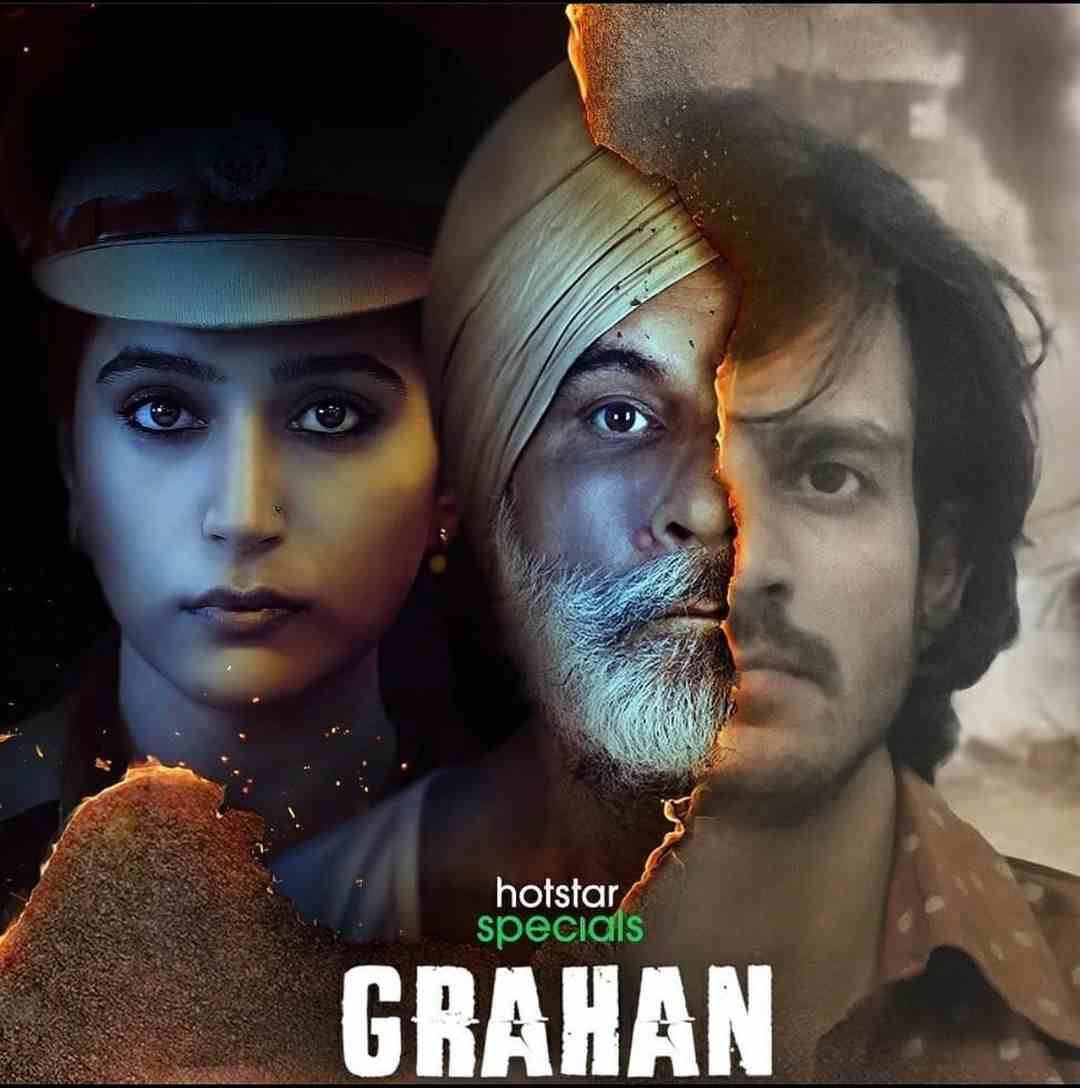‘Grahan’ is a series that is telecasted on Hotstar, which is inspired by the novel Chaurasi written by Satya Vyas. The incident is not only sensitive but highly sensational and political as well. Because of it being an emotional topic for the Sikh community, it has to be dealt with fragility and care. Unfortunately, we do not see anything of this sort in the series.
Following Indira Gandhi’s death by her Sikh bodyguards, the 1984 anti-Sikh riots were a series of organized pogroms against Sikhs throughout India. It has since been captured and portrayed on paper or on the screen multiple times. Many times, the incident is just referred to while sometimes the complete story has been told by various viewpoints.
Previously, in 2014, Anurag Singh directed Punjab 1984, which was a Punjabi movie based on the same theme starring Diljit Dosanjh and Kirron Kher. The movie was a huge box office hit and won the National Award for Best Feature Film in Punjabi as well. After two years, in 2016, Shivaji Lotan Patil also attempted to showcase the massacre in his movie 31st October, starring Soha Ali Khan and Vir Das. Although it was not commercially or critically appreciated, the movie still had some moments to remember.
Grahan, on the other hand, had no moment for reminiscence. The direction of Ranjan Chandel was full of flaws while the writers could not make a tight script. Unlike his romantic action movie Bamfaad, the long and dragging scenes with some irrelevant shots seemed to bore the audience in this series.
It seemed like adaptations are not everyone’s cup of tea. Vishal Bhardwaj can be termed as the only king in this respect who can not only adapt the Shakespearean plays in Hindi movies but can also make the Indian audience relate with the subject.
Editing by Shan Mohammad in Grahan looks amateurish at times. Even the jerks of the jump cuts can be felt in some scenes. Although the idea of showing two eras – 1984 and 2016 – simultaneously was a great idea, still the authenticity of being Bokaro was missing from the series. The most important thing missing from the steel city was the language. Anshuman Pushkar, being a resident Patna, did not use his Bihari accent except for some words here and there.
This was a story of intense drama and emotions that needed smooth and heart-touching melody and background score, which was completely missing from the fore. The background music was not in sync with the emotions portrayed on the screen which was really disturbing at times.
The protagonist, Zoya Hussain, did an awful job with her expressionless face while getting any sad or shocking news throughout the series. It was so frustrating to see the same expressions on her face with every twist in the story.
The only saving grace of the series was Pawan Malhotra. Moreover, he was wasted in the whole series by giving very less screen time and even fewer dialogues. It is only in the last two episodes that we could hear his voice clearly otherwise he was only acting through his gestures and expressions, which seemed a relief after Zoya’s performance.
All in all, it could have been a small series of four episodes that was dragged into eight with meaningless long romantic scenes and some loose ends left. It did not portray the emotions of the community in a just way but instead showed that most of the culprits were either wallowing in self-pity or were repenting their actions. The main issue was only touched upon without shedding enough light on it.
Grahan was not only an eclipse on the main subject, but its shadow also fell on the performance of the characters and the audience were unable to look directly into the emotions of the story.

